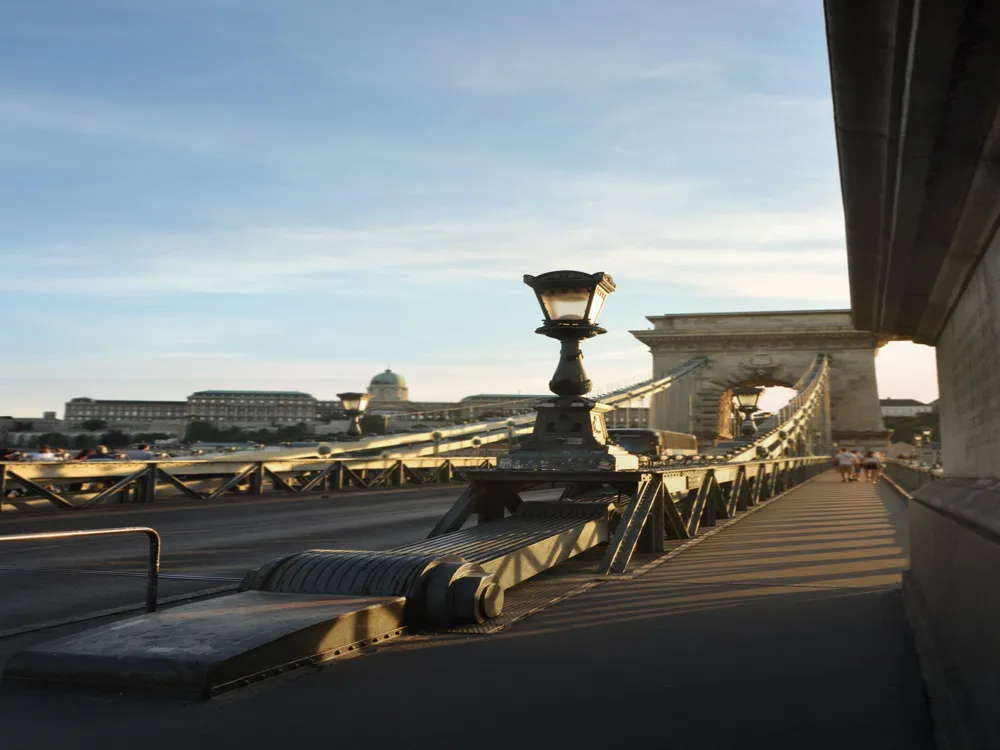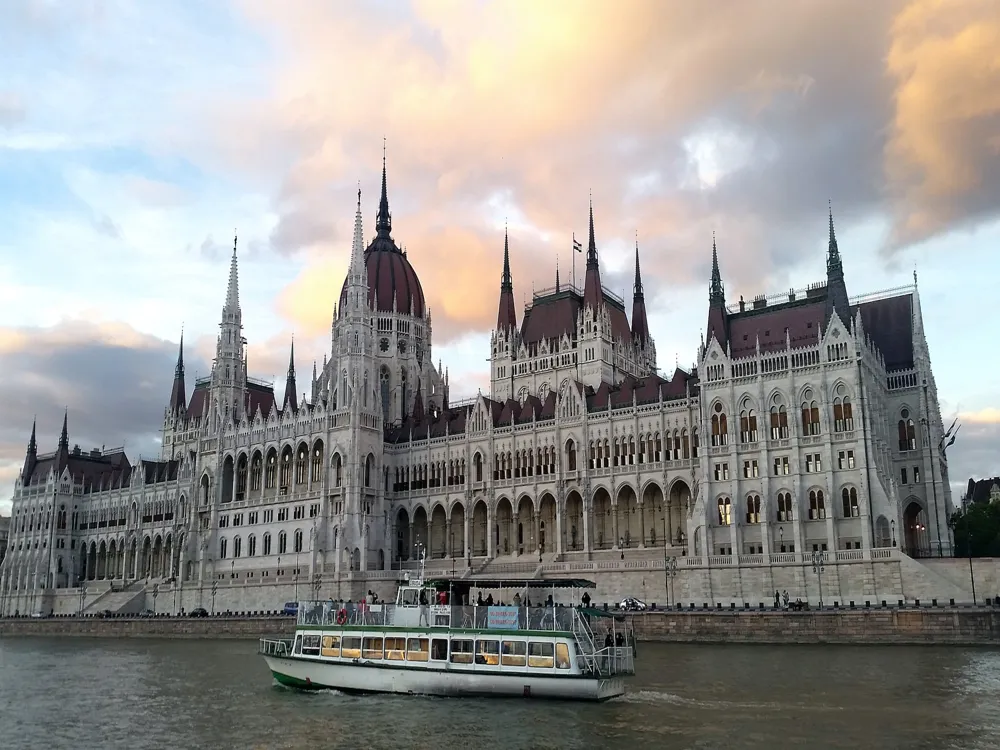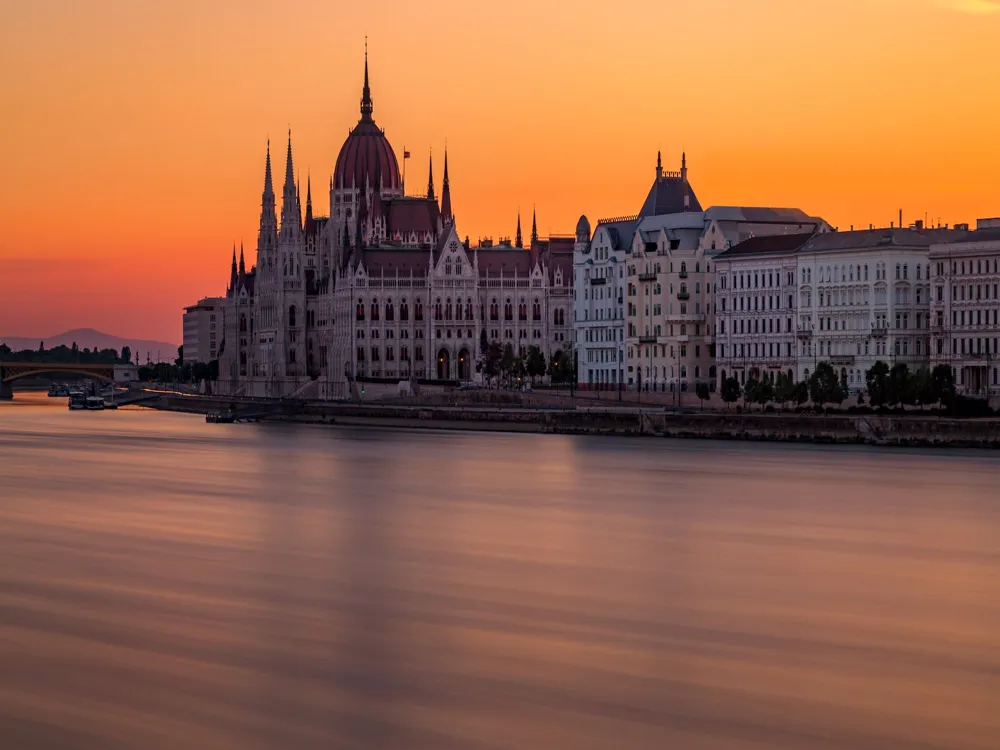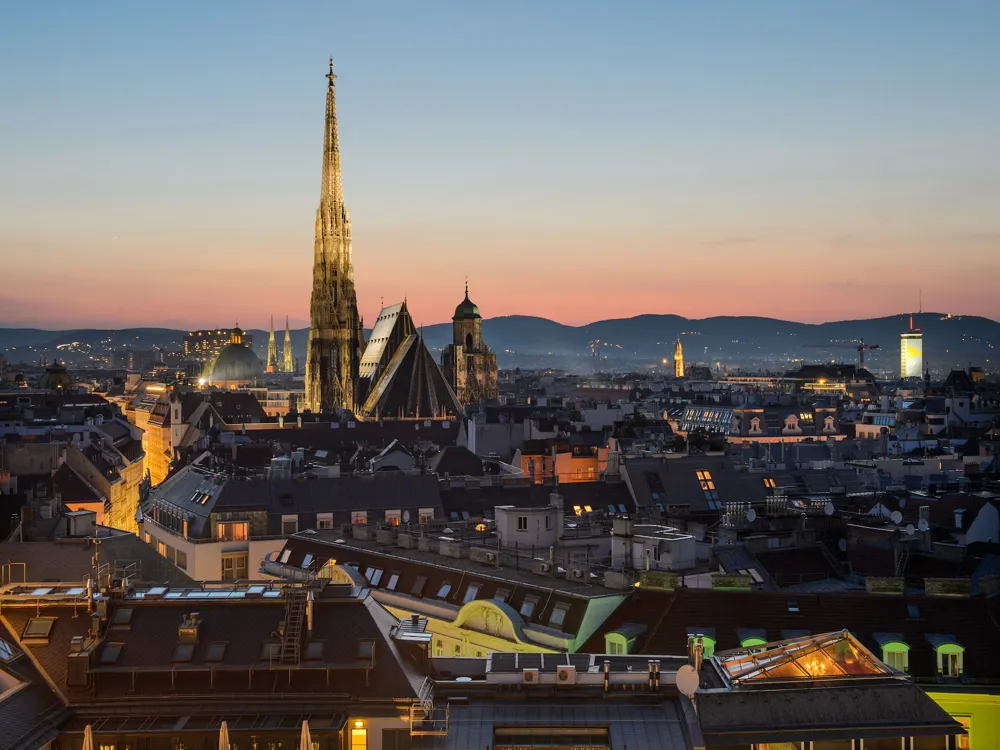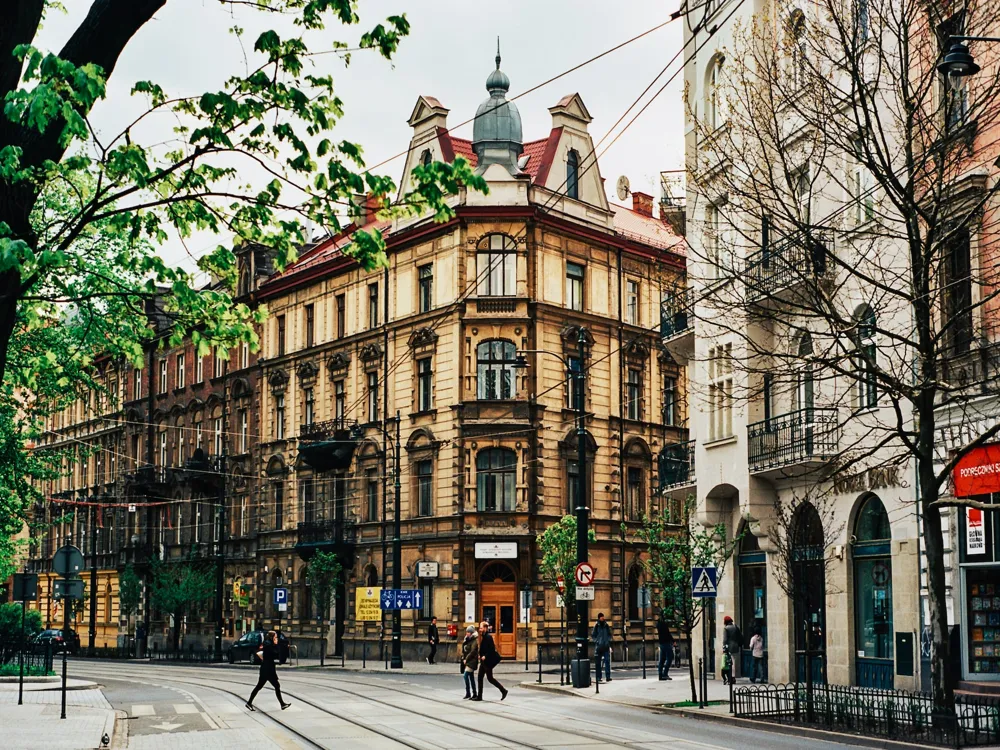Budapest, the enchanting capital of Hungary, is a city that blends its rich history with a vibrant contemporary culture. Straddling the Danube River, it's not just Hungary's most important city but an emerging European gem. Budapest's history is a tapestry of influences and rulers, from Roman times through the Ottoman Empire, and into the Austro-Hungarian Empire. This has left an indelible mark on the city, visible in everything from its architecture to its cuisine. The city's heart is filled with UNESCO World Heritage sites, including the Buda Castle Hill and Andrássy Avenue, alongside the iconic Chain Bridge and the Parliament building, one of Europe's oldest legislative buildings. It’s a city of thermal baths, from the grandeur of Széchenyi to the historic Gellért Baths, offering a unique way to relax and soak in the city's atmosphere. The history of Budapest is one of resilience and reinvention. Originally two separate cities, Buda and Pest, it officially became one in 1873. The city has seen its fair share of turmoil, from being a focal point during the Ottoman Wars to its crucial role in both World Wars. Post-World War II, Budapest thrived under communist rule, though it wasn't without its challenges. The 1956 Hungarian Revolution is a significant event in the city's history, showcasing the spirit of its citizens. Today, Budapest is a melting pot of old and new, traditional and modern. Its culture is as diverse as its history, with a burgeoning arts scene, vibrant nightlife, and a culinary landscape that's gaining international recognition. Budapest's unique geography, split by the Danube, offers distinct experiences in the Buda and Pest sides of the city. Buda is hilly and semi-suburban with a quieter, more residential feel, while Pest is flat and lively, housing the majority of the city's commercial and entertainment districts. The climate in Budapest is continental, with hot summers and cold winters. This seasonal variation adds to the city's charm, offering snowy, picturesque winters and warm, lively summers. In the 21st century, Budapest is witnessing a renaissance in terms of technology, economy, and cultural influence. The city is becoming a hub for startups and innovation, driven by a well-educated, multilingual workforce. Tourism is a significant contributor to the city's economy, with millions visiting each year to experience its unique blend of history and modernity. Budapest's architecture is a vivid chronicle of the city's history, showcasing a blend of classical, gothic revival, baroque, and art nouveau styles. The cityscape tells the tale of Budapest's past, from its days as an important city in the Austro-Hungarian Empire to its more recent Soviet-influenced era. The Hungarian Parliament Building, a magnificent example of Neo-Gothic architecture, is not just a key political hub but also a symbol of national pride. Across the river, the Buda Castle complex stands as a testament to the city's medieval roots, offering breathtaking views of Pest. The Fisherman's Bastion, with its fairytale turrets and panoramic views, is another architectural marvel. The numerous thermal baths, particularly the Széchenyi and Gellért Baths, are renowned for their stunning, varied architecture, from neo-baroque to art nouveau. Art Nouveau had a significant influence in Budapest, a style that is distinctly seen in buildings like the Gresham Palace, now a luxury hotel, and the Museum of Applied Arts. These structures are characterized by their ornamental details, use of new materials like iron and glass, and organic, flowing designs. While often overlooked, the architecture from the communist era has its own unique aesthetic. Characterized by utilitarian design and grandiose projects like the M3 metro line, these structures reflect a significant period in the city's history. The best time to visit Budapest is during the spring (March to May) and fall (September to November) when the weather is pleasant, and the city is not overly crowded. Don't miss trying traditional Hungarian dishes like goulash, lángos, and chimney cake. Budapest is also known for its café culture, so be sure to visit a traditional coffee house. Budapest has an excellent public transportation system, including buses, trams, and a metro. Consider purchasing a Budapest Card for unlimited public transport and discounts on attractions. Be respectful of local customs and traditions. Tipping is customary in restaurants and for services, usually about 10% of the bill. Budapest is well-connected by various modes of transport. The Budapest Ferenc Liszt International Airport serves as the primary gateway for international travelers. The city is also a major hub for train travel in Central Europe, with direct connections to many major cities. If you're traveling by car, Budapest is well-connected by highways. For a more scenic route, consider a river cruise along the Danube.Overview of Budapest
History and Culture
Geography and Climate
Modern Budapest
Architecture of Budapest
Iconic Buildings and Structures
Art Nouveau in Budapest
Communist Era Architecture
Tips When Visiting Budapest
Best Time to Visit
Local Cuisine
Getting Around
Cultural Etiquette
How To Reach Budapest
Szimpla Kert
Budapest
₹ 62,900 onwards
View budapest Packages
Weather :
Timings : 12:00 - 3:00
Entry Fee : Free
Planning a Trip? Ask Your Question
Budapest Travel Packages
View All Packages For Budapest
Top Hotel Collections for Budapest

Private Pool

Luxury Hotels

5-Star Hotels

Pet Friendly
Top Hotels Near Budapest
Other Top Ranking Places In Budapest
View All Places To Visit In budapest
View budapest Packages
Weather :
Timings : 12:00 - 3:00
Entry Fee : Free
Planning a Trip? Ask Your Question
Budapest Travel Packages
View All Packages For Budapest
Top Hotel Collections for Budapest

Private Pool

Luxury Hotels

5-Star Hotels

Pet Friendly







